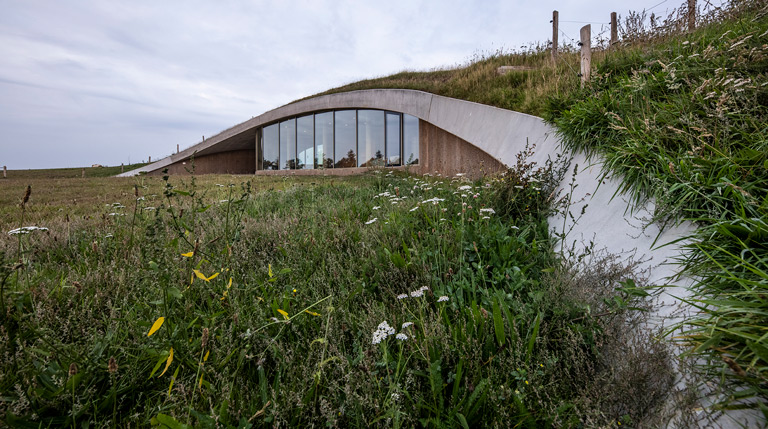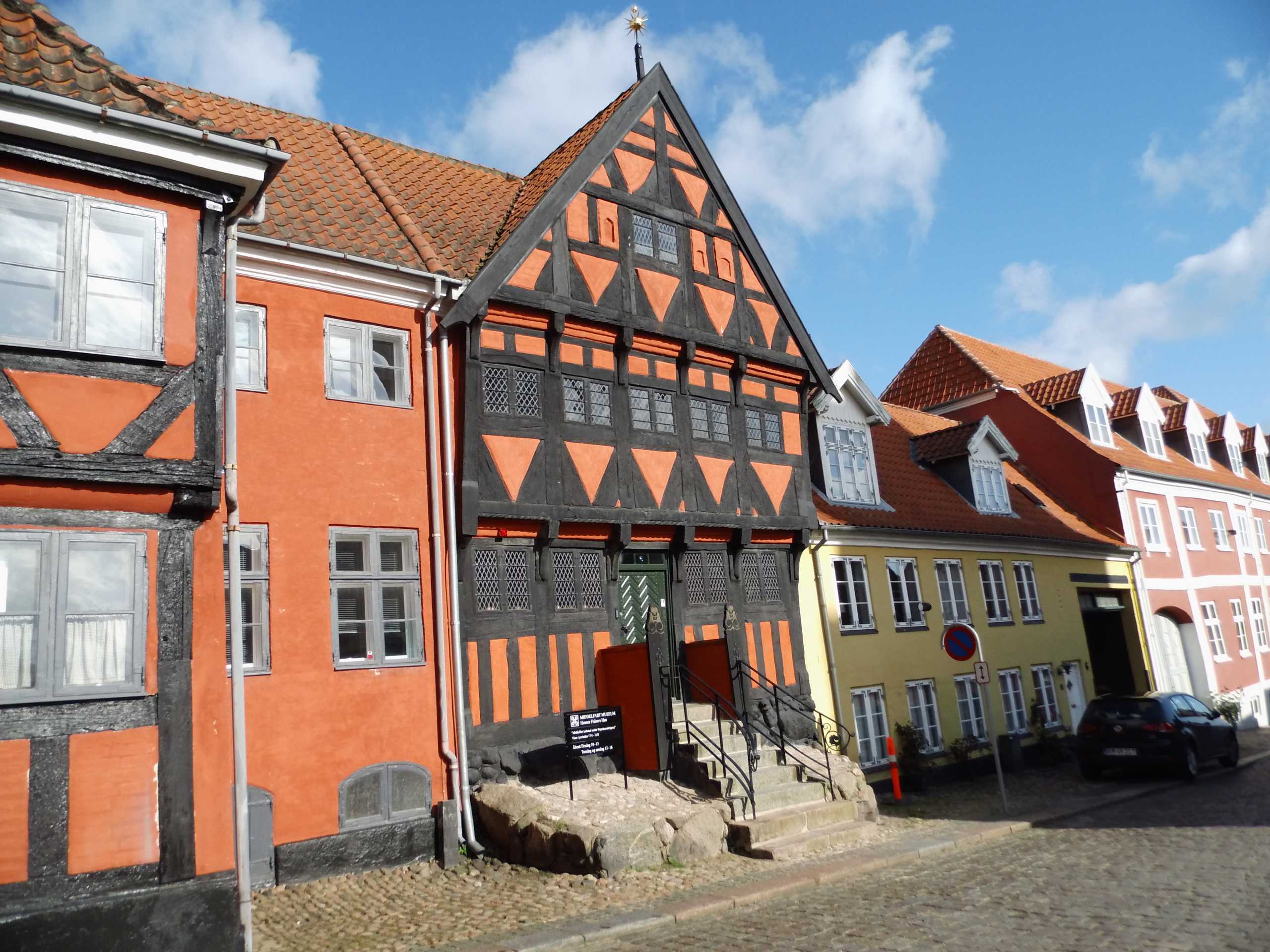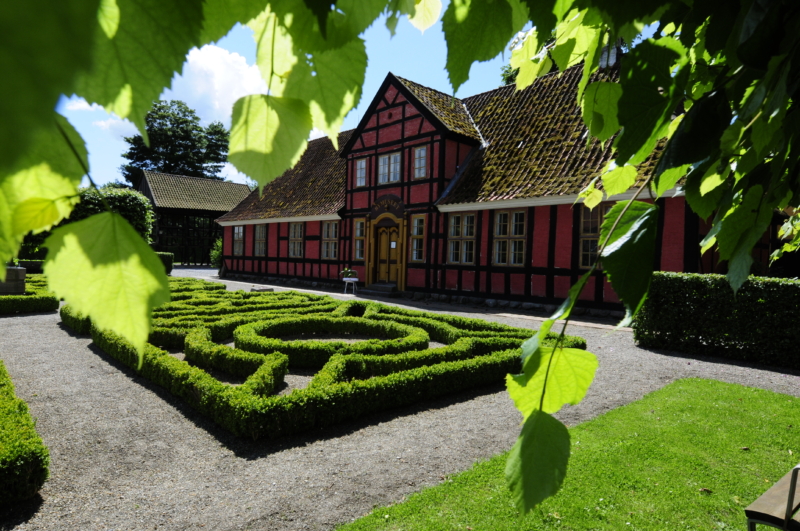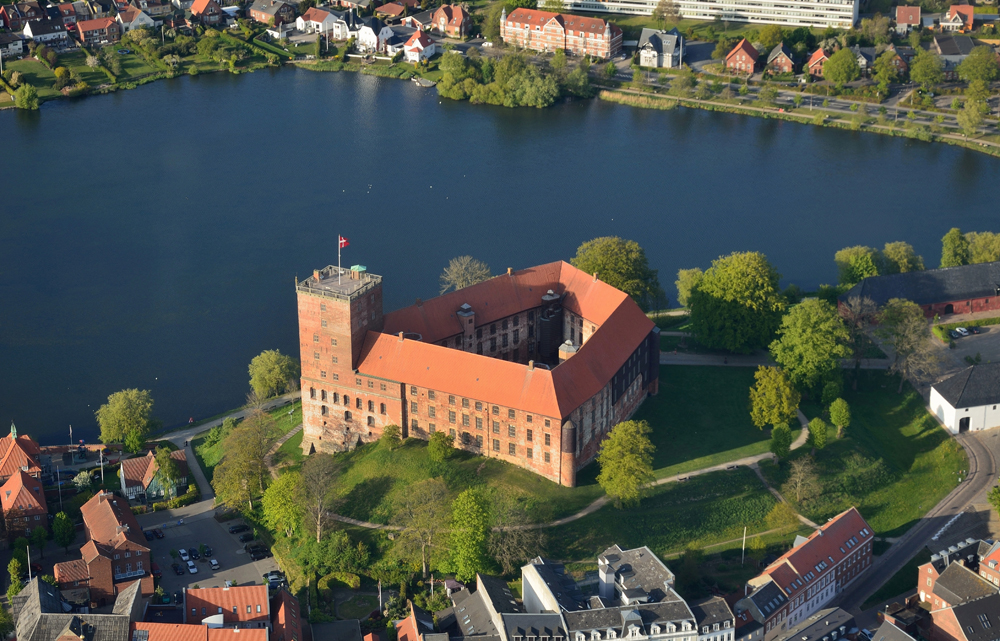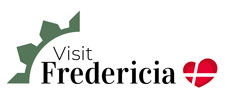Traces of history and culture in Denmarks largest nature park
The coastal area of the Little Belt is a cultural landscape where prehistoric and present-day farmers, lords, officials, politicians, kings and wars have impacted nature and left their physical traces on the landscape.
Each of the suggested routes presented here covers its own subject matter and will take you close to historic monuments where you can delve into the cultural history of the Little Belt. These routes have been prepared in collaboration with the museums in the Little Belt nature park.
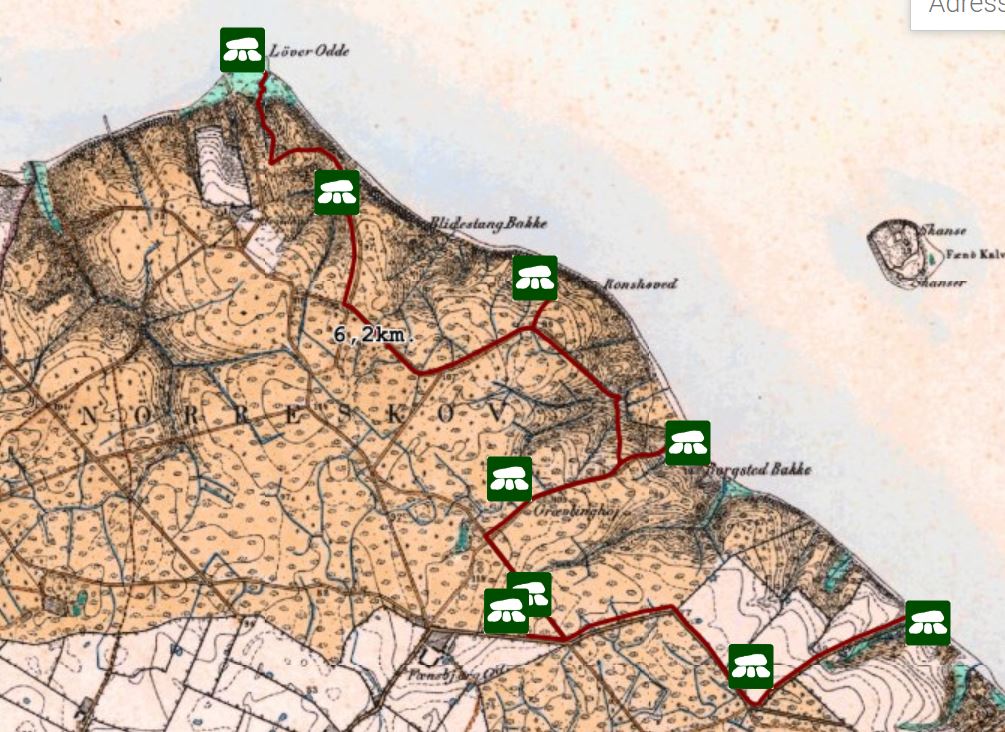
Explore the fossil landscape of the Stenderup woodland
This route discovers the many historic monuments of the Stenderup woodland – from antiquity, the Middle Ages and more recent times. During your trip, you can see and hear about everything from Stone and Bronze Age burial sites to the discovery of old cultivation systems, Iron Age settlements and fortifications from the Middle Ages.
You can follow the 6.2 km of the Stenderup woodland route by foot or bicycle. The area is currently owned by the Danish Nature Agency and designated as virgin forest.
The route was compiled by Museum Sønderjylland .
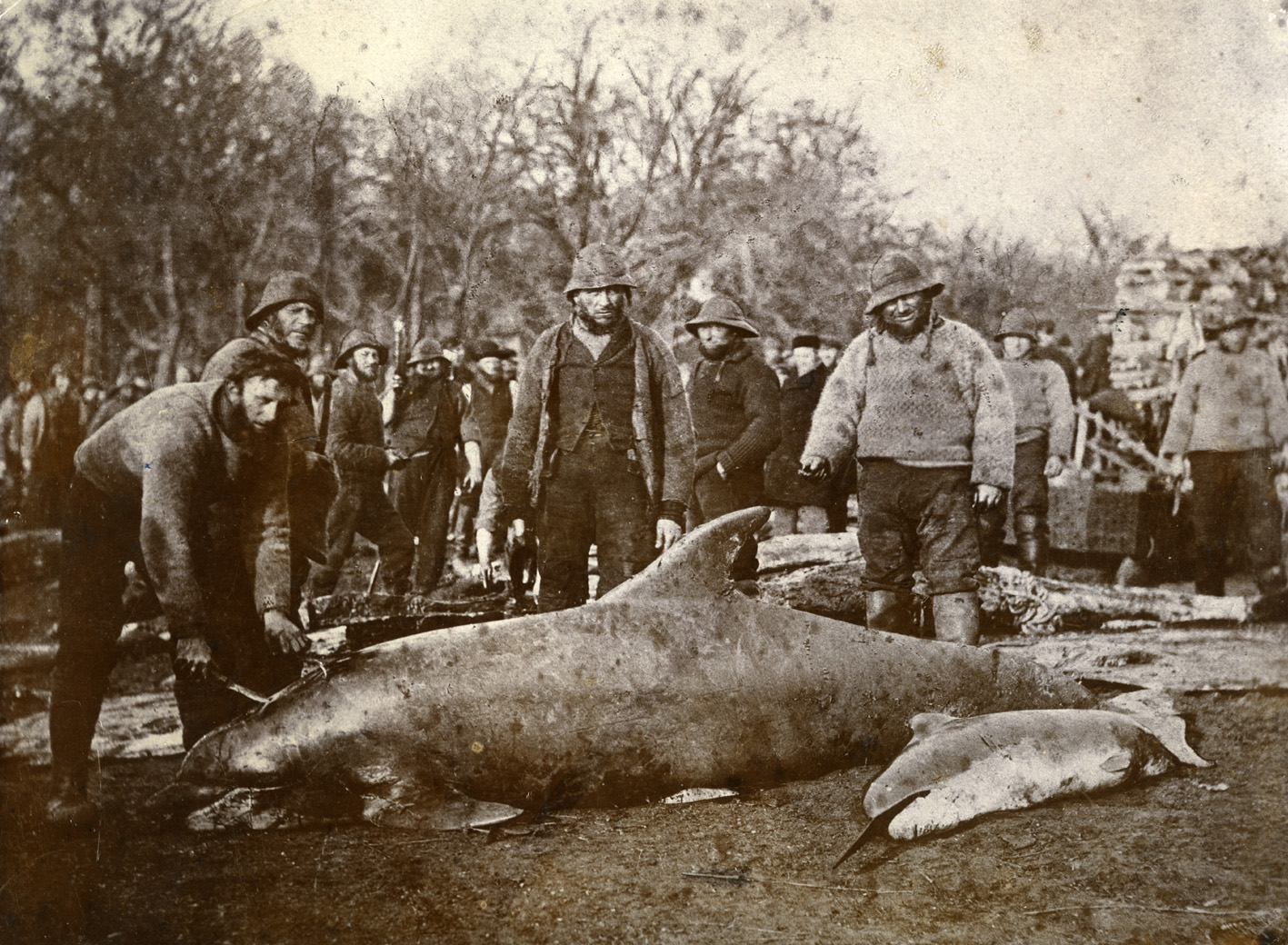
Discover the history of Middelfart’s porpoise whalers
On this route, you will discover the history of Middelfart’s royally privileged porpoise whaling. You will hear about why the porpoise whalers were trying to catch porpoises in the Little Belt and about how they organised and conducted their hunts. The route takes you to the most important historical sites in old Middelfart.
Porpoises now have protected status and are thriving with a large population in the Little Belt. At the Old Harbour is a porpoise “listening station”, which offers visitors a unique opportunity to hear porpoise sounds in their proper element in the waters of the Little Belt.
The points of interest are only a short distance apart on this approx. 1.5 km route, which is suitable for pedestrians.
The route was compiled by Museum Middelfart
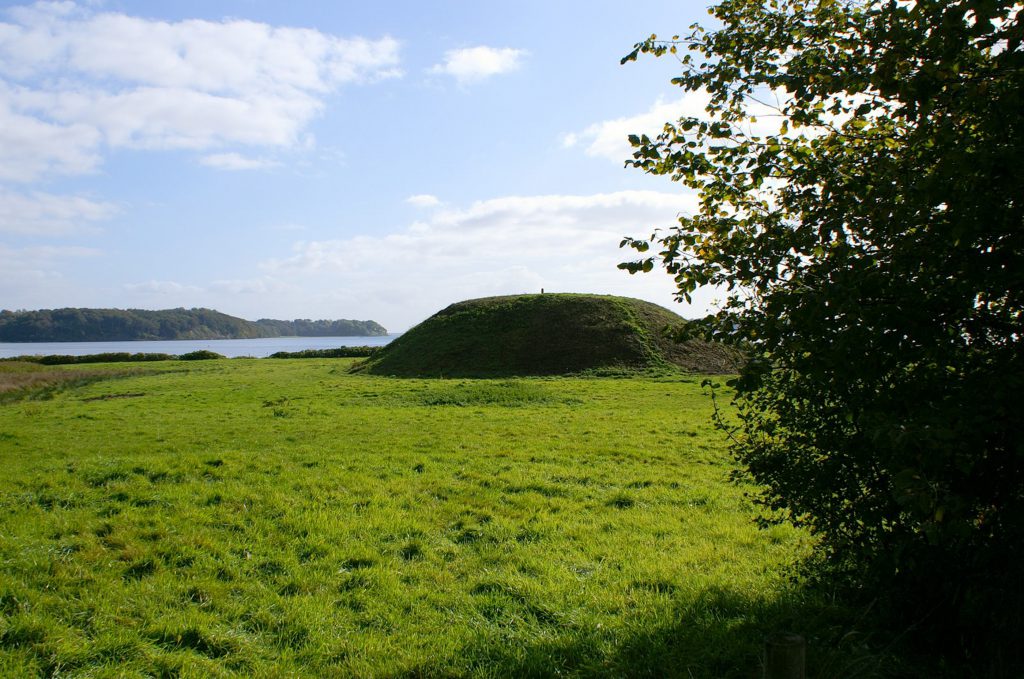
Discover the history of the balance of power across the Little Belt and the story of the Little Belt at War
This route explores the Little Belt Nature Park to present some exciting stories about power and warfare. You can hear about an archaeological excavation where the finds bear witness to how the Little Belt was under the control of the power elite in Viking times. You can see for yourself the power of historical kings as represented by the preserved remains of fortress structures. You can also learn about the Swedish wars, the two Schleswig wars and the Second World War.
You can either dive into history using this map or drive out to the individual points of interest along the route. Some points of interest on the route have information boards.
The route has been prepared in collaboration with the museums in Vejle, Middelfart, Fredericia, Kolding and Langelands Museum .
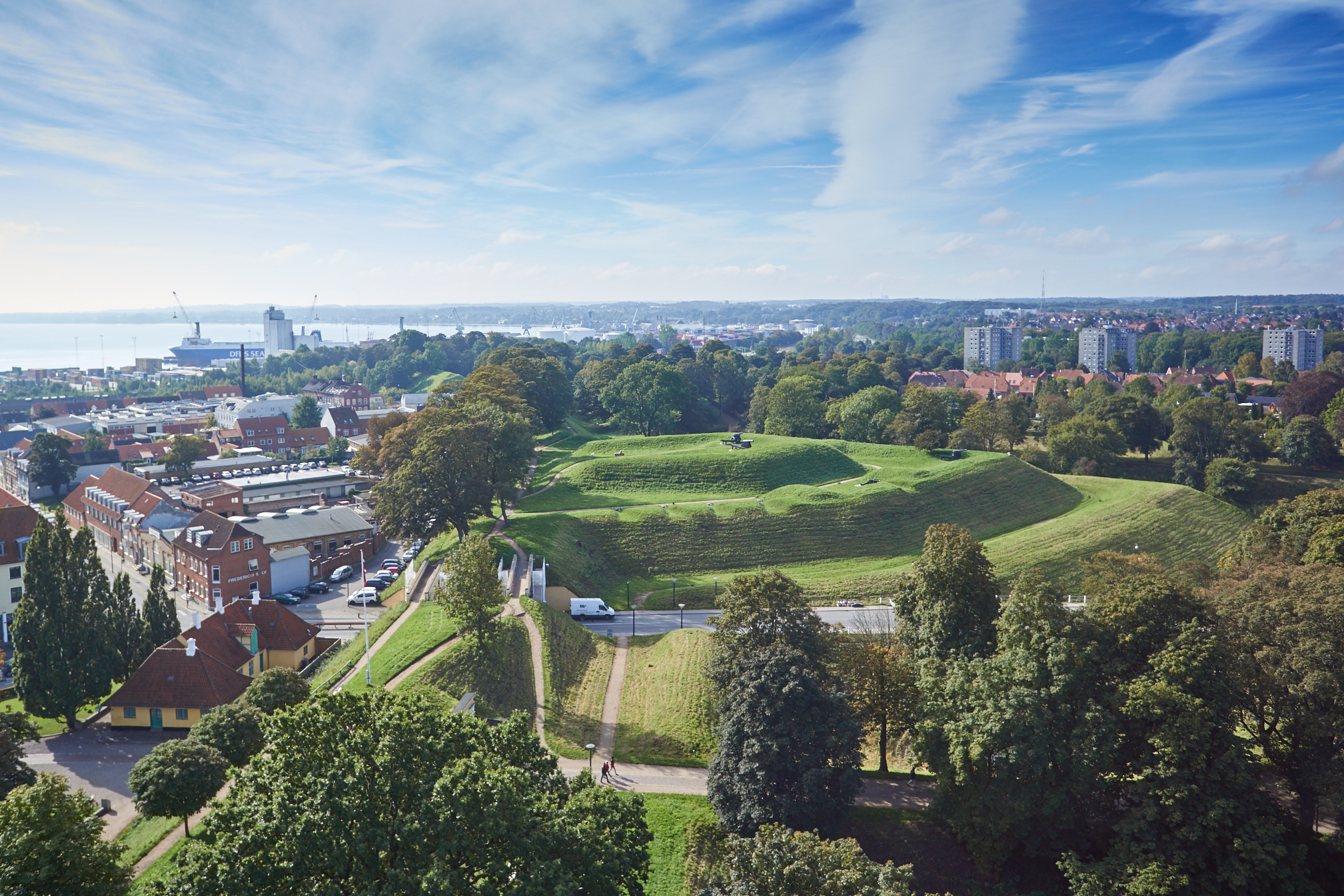
Discover the history of Fortress Fredericia
This route explores the ramparts of Fredericia Vold to present the exciting stories about the largest fortress town in Scandinavia, its construction and history as a fortress town during three wars. The fortress town was severely tested during three wars. During the Swedish wars of 1657-1660, it was captured, looted and put to fire twice. The two Schleswig wars of the middle of the 19th century both involved the occupation of the fortress town and two heavy bombardments as well as the evacuation of Fredericia Fortress.
The trip is an approx. 3.3 km long walking route along paths on the preserved ramparts that surround the town centre. Wheelchair friendly.
The route was compiled by Fredericia Museum.
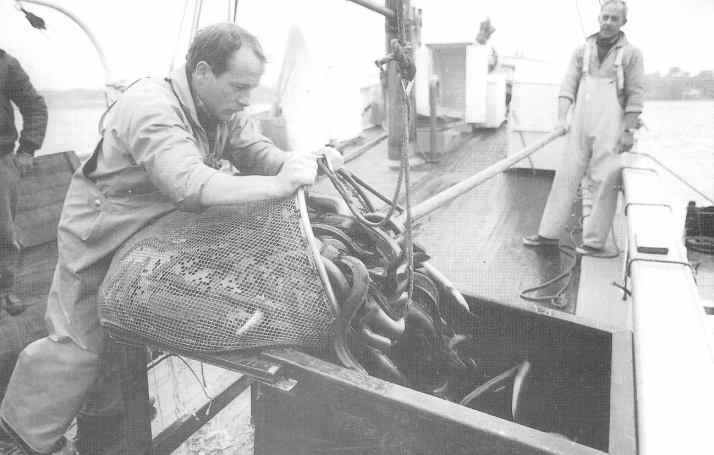
Discover the eel-route
Following this route will teach you about eel-fishing and eel trade. The location of Lillebælt has historically enabled large-scale fishing and trade, and many fishermen and traders saw great financial gains. The city of Kolding was home to several major fish exporters and was known for decades as ‘The Eel Capital of Denmark’.
Today, the eel population has declined to a small percentage of the population that was hauled ashore until the 1960s. Regular bans on eel-fishing are introduced throughout the EU – for example, eel-fishing is banned for all recreational fishermen throughout 2023. This is done in order to protect and restore the stock.
All stops on the route can be reached on foot, by bicycle or by parking your car nearby.
The route has been prepared in collaboration with the museums in Middelfart, Fredericia and Kolding.
Traces of history and culture in Denmarks largest nature park
Archaeologically, the Little Belt is an important area and contains on both sides of the belt many records of ancient monuments and human activity. In recent times, the Little Belt has been an important thoroughfare throughout Denmark’s history. If you follow the traces of history, either physically or digitally from your living room, you can explore the Little Belt’s cultural landscape.
Nyheder
The stone reefs at the Old Little Belt Bridge turn 10 years old
A marine-friendly boost for the Old Little Belt Bridge In 2014, a large cave-forming stone reef was established on the seabed under the Old Little Belt Bridge as part of a marine-friendly solution to reinforce [...]


